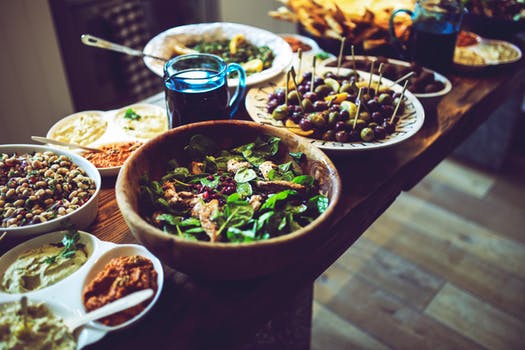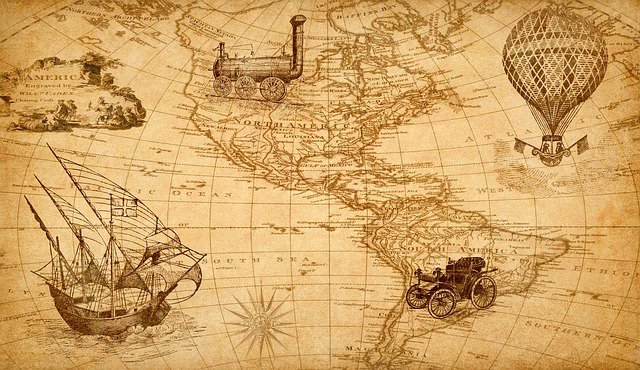It’s time to decide what my genealogy goals are in the new year. This is more difficult than previous years, because I had the same goal from year to year. Ever since I broke through my nearest brick wall, I spent 2020 a little “scattered,” for lack of a better term. However, I did make excellent progress with my maternal… Read More
Unexpected Southern Ancestors
As one works their way up my family tree, they will mostly find New England ancestors. I grew up on the south shore of Massachusetts in Plymouth County, and so did the majority of my ancestors. Though some of them were scattered throughout Massachusetts and other New England states, all lines converged in Plymouth County, where all 8 of my… Read More
My Ancestor, the Lighthouse Keeper
My great-great-great grandfather, William W. Winsor, has been a bit of a mystery. He was the son of a Duxbury, Massachusetts inn-keeper, John Winsor (who shared grog with the likes of Daniel Webster and Henry Thoreau). William’s birth and marriage are documented in Duxbury, however he disappeared not longer after the 1860 census. William Winsor is found in the 1860… Read More
Researching Plymouth County, Massachusetts Families
When we think of researching our Mayflower ancestors, and their children and grandchildren, the first town that comes to mind is Plymouth, Massachusetts. It was, after all, the capital of the colony and the original 1620 settlement of the Mayflower Pilgrims. However, our ancestors did not stay in one place once they settled here. They touched many towns, founding some… Read More
Western Massachusetts Brick Walls
Ah, the joy of brick walls! Of course, the fun part is smashing them down. Here is one that has plagued me for a long time now: Esther was the wife of Edward Curtis. She was born about 1748. She married Edward about 1780. Edward was born 4 May 1736 in Dudley, Worcester County, Massachusetts to Francis Curtis and Bethia Robinson…. Read More
Blackden, Blagdon & Blagden: Name Variations
Sometimes putting families together is a pain. Particularly when you get back into the 1700’s and the men in every generation were named, as one of my correspondents put it, “John, Charles or William”! Meet the Blackden, Blagdon and Blagden family (families?) that settled in Massachusetts and Maine in the early to mid-1700’s. And, yes, their sons were often named… Read More
- « Previous Page
- 1
- …
- 4
- 5
- 6
- 7
- 8
- …
- 11
- Next Page »





